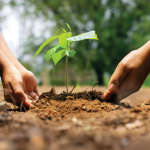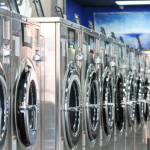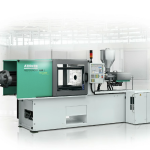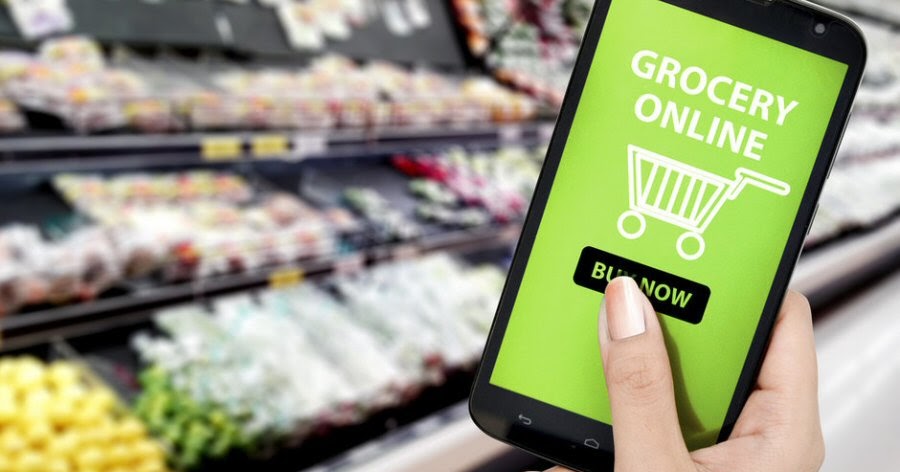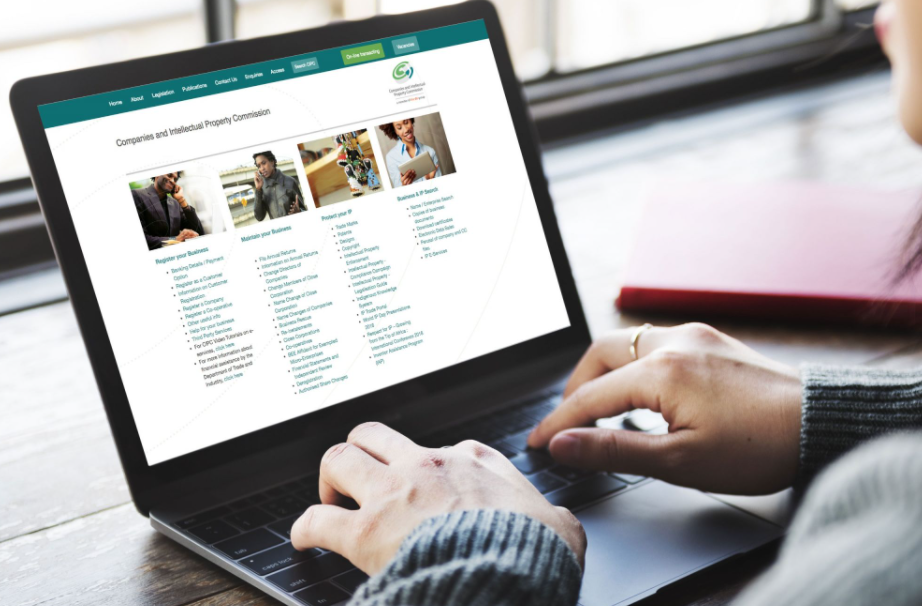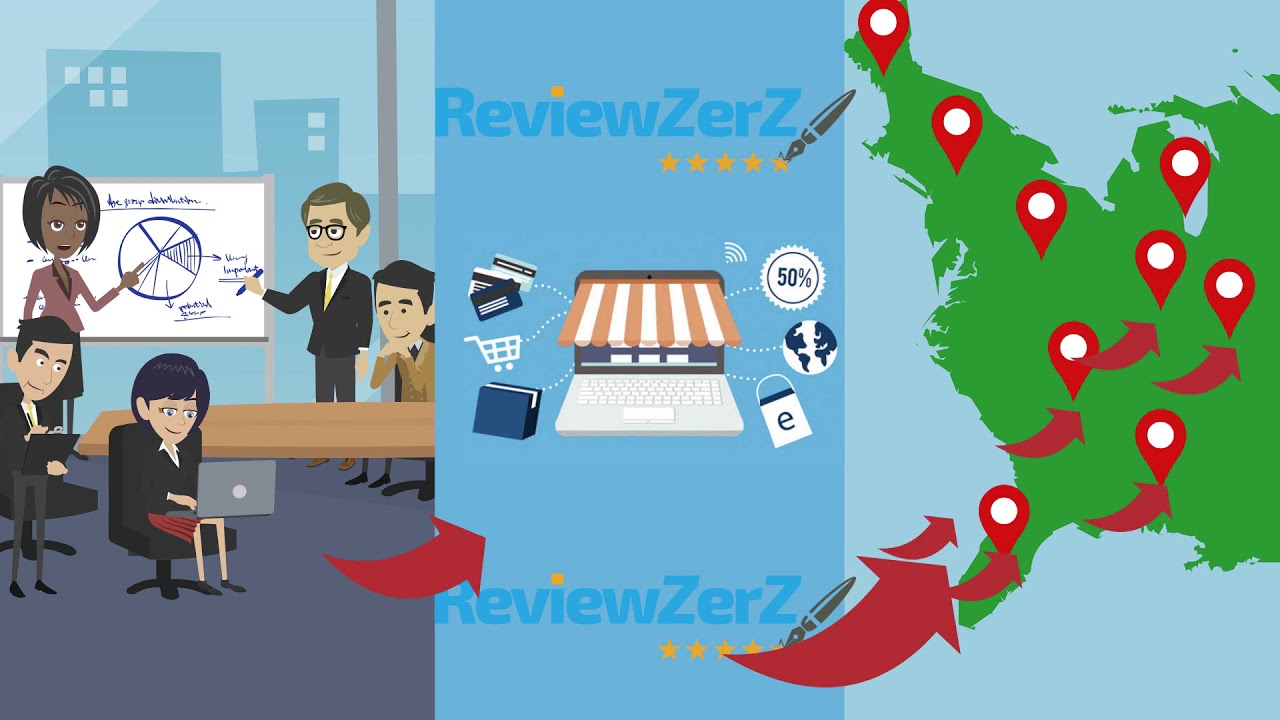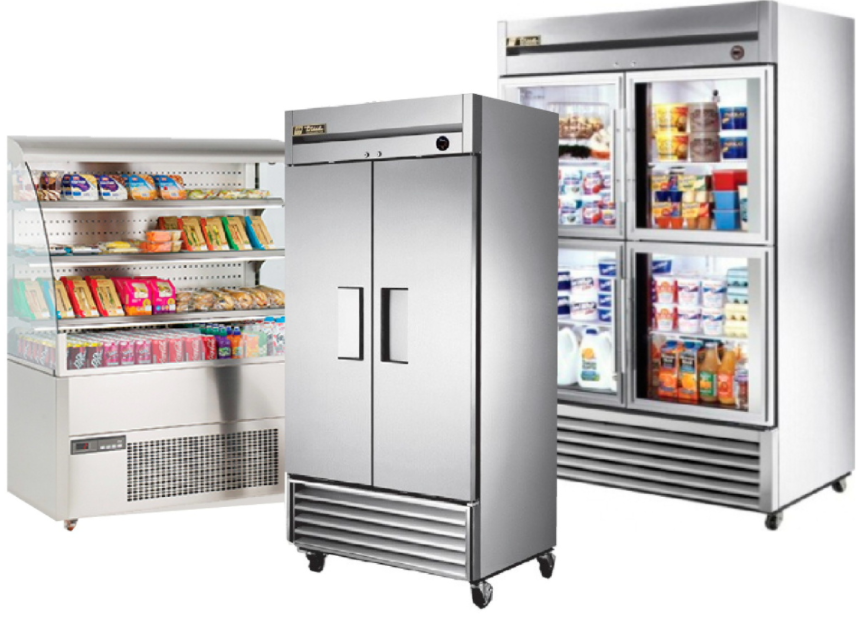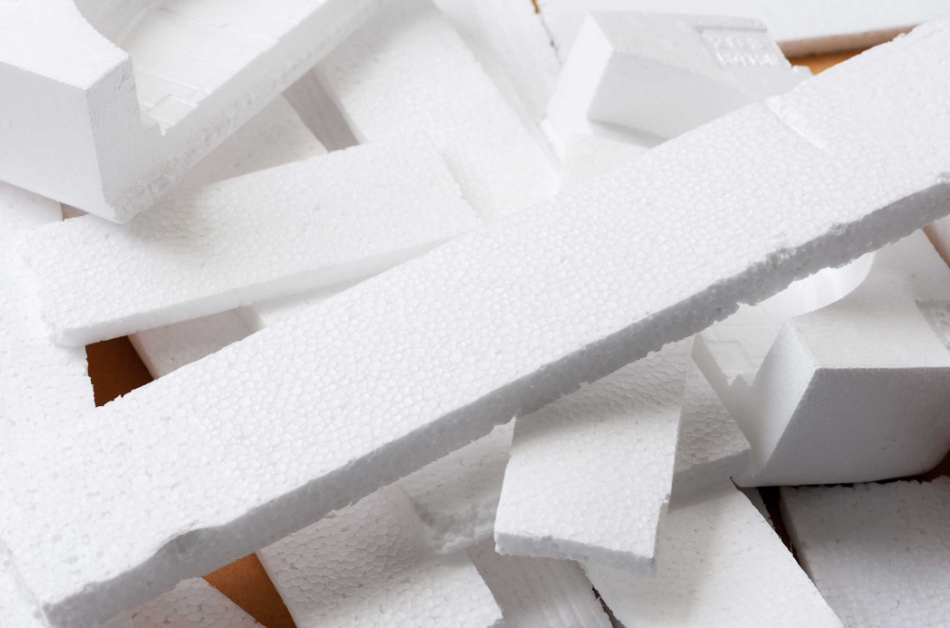
It has never been more urgent to confront the pernicious effects of plastic garbage in the modern period, when environmental concerns predominate in conversations about sustainability. Among the many plastic items, polystyrene packing—which is often found in food containers, protective packaging, and disposable cutlery—has become a major cause of the worrying contamination of our seas and the expanding garbage problem. But an encouraging change is taking place, one that turns this troublesome substance into useful resources by recycling polystyrene packaging. This thorough analysis explores the many advantages of this recycling initiative and highlights its vital role in reducing the widespread problem of plastic waste that still afflicts our world.

Content
Supporting the Shift to a Circular Economy via Policy and Regulation
It is impossible to overstate the importance of government legislation and policy in the fight to improve recycling, especially with regard to polystyrene packing. Restrictions on single-use plastics, incentives for companies to embrace sustainable practices, and the structure required to support recycling programmes may all be achieved via effective legislation. A concentrated effort to put comprehensive laws into place might hasten the shift towards a circular economy—a model that prioritises resource recovery and minimises waste—as governments across the globe struggle with the environmental effects of plastic trash.
Policies that require or reward recycling of polystyrene packaging might motivate producers to create items that are recyclable, thereby advancing environmentally friendly manufacturing methods. Recycling efforts may be further strengthened by funding recycling facilities, conducting research into cutting-edge recycling technology, and implementing educational programmes. This will guarantee that recycling is not just a side issue but a fundamental part of environmental policy.
The Recycling Method: Converting Waste into Resources
Recycling packaging made of polystyrene is a complex but very fulfilling procedure. A thorough sorting procedure is first applied to the collected polystyrene trash in order to exclude impurities and non-recyclable elements. After that, the clean polystyrene is shredded into tiny fragments, which are then melted and used to make reusable pellets. The material’s lifetime is essentially closed by using these pellets as a valuable feedstock for the creation of new polystyrene goods.
Furthermore, the conversion of waste into resource represents a fundamental change in how we see materials and is not only a technological endeavour. Polystyrene is no longer seen as a throwaway commodity; instead, its inherent worth as a reusable resource that can both provide new economic possibilities and shield our world from further deterioration is becoming more apparent.
Community Projects: Strengthening Local Initiatives
Initiatives in the community focused on recycling polystyrene packaging have become powerful change agents as environmental awareness grows. Local groups and grassroots initiatives are organising campaigns to raise awareness and provide locals a platform to actively participate in recycling. In addition to giving people the ability to manage their garbage, these programmes create a feeling of community and ignite a spirit of support for sustainable living. Events like educational seminars, workshops on appropriate recycling methods, and community clean-ups have become crucial in changing perceptions of resource recovery and garbage disposal.
Additionally, collaborations between non-profits and municipal governments may greatly expand these efforts, making it possible to set up easily accessible recycling facilities designed especially for polystyrene packaging. In addition to making recycling easier for local residents, these designated collection locations include the infrastructure required to guarantee that the items collected are processed effectively. These neighborhood-based initiatives encourage people to adopt eco-friendly habits in their everyday lives by fostering a recycling-friendly atmosphere that fosters a culture of sustainability that goes well beyond simple compliance.
Consumer Decisions’ Role: Creating Change from the Ground Up
The ability to influence the recycling landscape ultimately rests with consumers as much as with industry and politicians. People’s growing awareness of how their decisions affect the environment are major factors influencing how polystyrene packaging recycling will develop in the future. By choosing items made from recycled materials, customers may make it very evident to producers how important sustainability is to the market. Companies may be influenced by this collective consumer power to implement greener practices, such as incorporating recycled polystyrene into their supply chains.
Consumer education and activism are also essential elements of this change. People may support a cultural change towards sustainability by taking part in local recycling programmes, community efforts, and lobbying for stronger recycling laws. Social media sites and neighbourhood associations provide useful channels for information exchange, awareness-building, and organising group action to support recycling initiatives. Customers may successfully increase demand for goods that prioritise recycling polystyrene packaging so that everyone can live in a more sustainable future by coordinating their buying habits with their ideals. By making educated decisions and actively engaging in the process, people may become effective change agents who encourage others to see the importance of their actions in the broader framework of environmental stewardship.
Conclusion:
In summary, recycling polystyrene packaging is an essential first step in tackling the complex problems caused by plastic waste. Recycling polystyrene is a testimony to the strength of sustainability because of its advantages for the environment, economic possibilities, technical advancements, and raising public awareness. Adopting recycling procedures will not only help us go from trash to resource as we continue to manage the complexity of a world loaded with plastic, but it will also spur a cultural change that places a higher priority on environmental care. Ultimately, we can guarantee a more sustainable and just future for our planet by working together, enacting wise policies, and reaffirming our commitment to recycling.

Joey is your friendly neighborhood knowledge seeker. From science to history, he’s on a quest to unravel the mysteries of the universe and share his discoveries with you. Dive into his articles for a dose of curiosity and wonder.

